Sourav Pan
Transcript
Welcome everyone. Today we’ll explore the Verticillium Wilt Cycle, a disease caused by soilborne fungi of the Verticillium genus. The cycle begins with tiny survival structures called microsclerotia, which lie dormant in the soil or plant debris. When conditions are right, especially when plant roots release certain exudates, these microsclerotia germinate. The fungus then penetrates directly into the root tips and begins to colonize the root cortex tissue. From there, it enters the xylem vessels, the plant’s water transport system. Inside the xylem, the fungus produces conidia and spreads systemically throughout the plant’s vascular system.
As the infection progresses, the plant begins to show symptoms such as leaf chlorosis, necrosis, and wilting due to impaired water flow. The fungus then moves into aging and dying tissues, where it forms new microsclerotia. These structures accumulate in the dead plant parts and are eventually released back into the soil, either freely or through decomposed plant debris. Once in the soil, they remain dormant until the next suitable host comes along, allowing the cycle to repeat.
Study Materials
Fusarium Wilt - Causes, Hosts, Symptoms, Diagnosis, Prevention
Comments 1
- Text Highlighting: Select any text in the post content to highlight it
- Text Annotation: Select text and add comments with annotations
- Comment Management: Edit or delete your own comments
- Highlight Management: Remove your own highlights
Start Asking Questions Cancel reply
Helpful: 100%
Related Videos

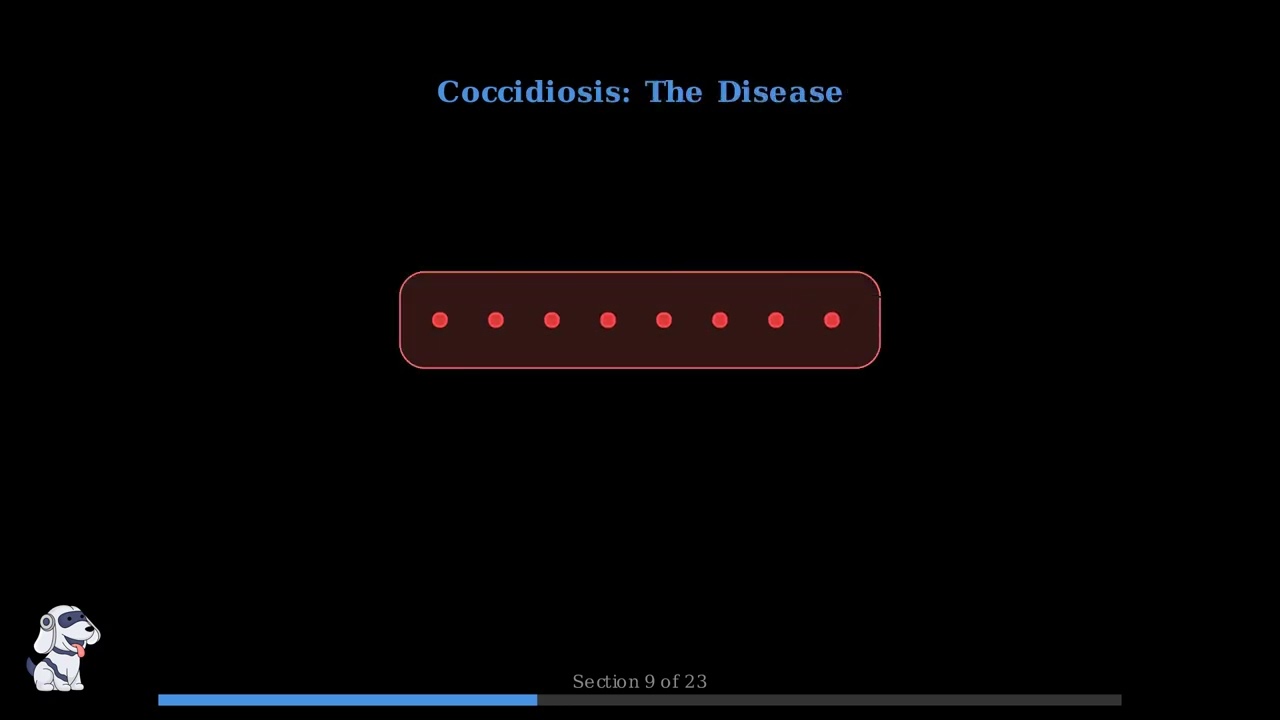
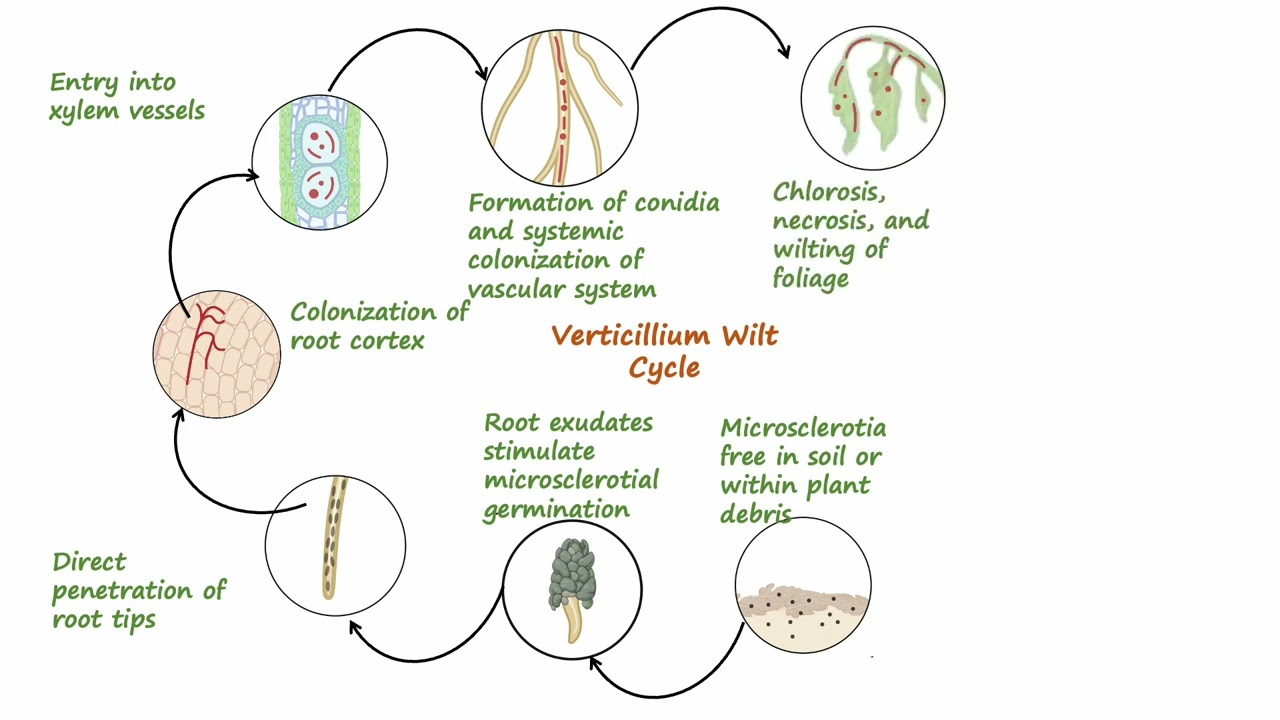

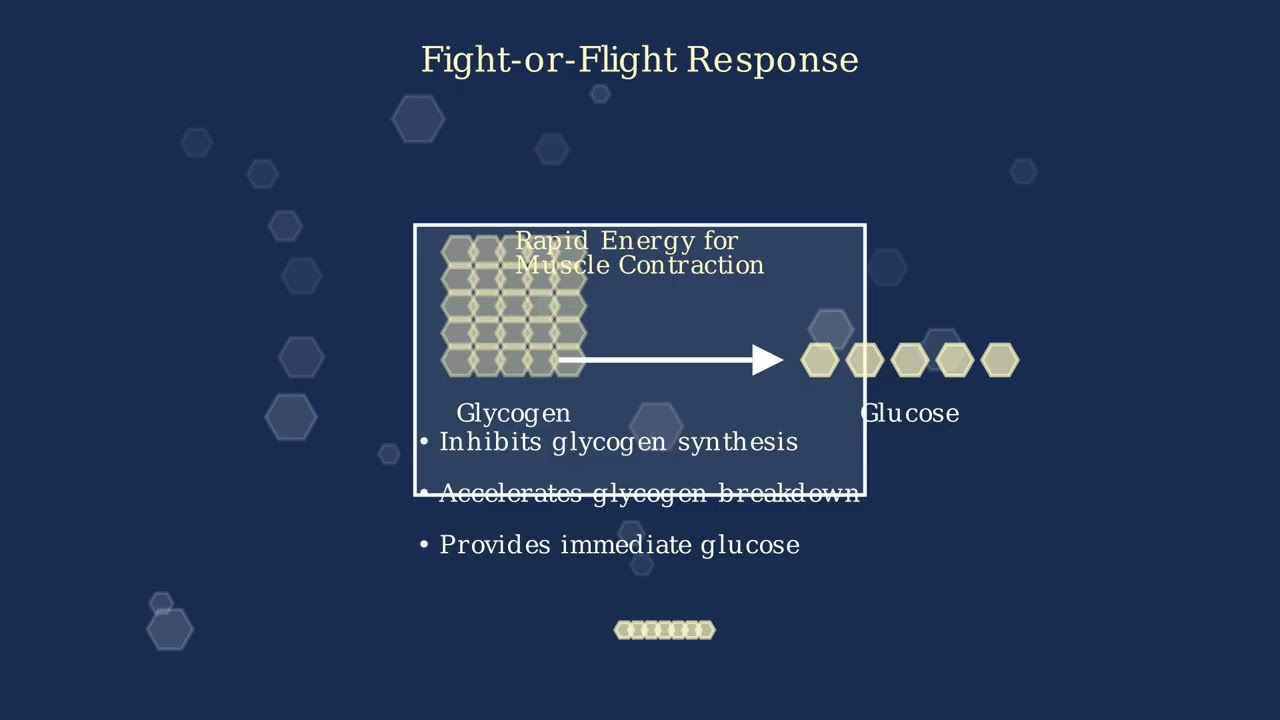


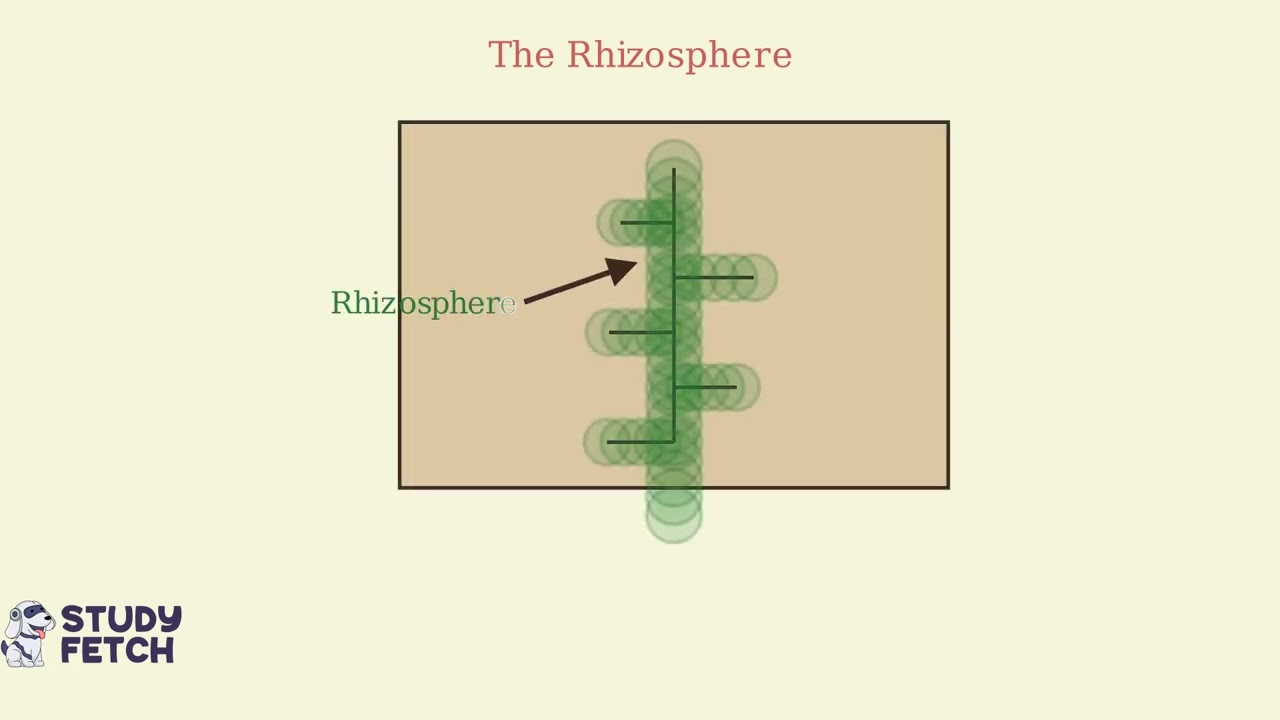
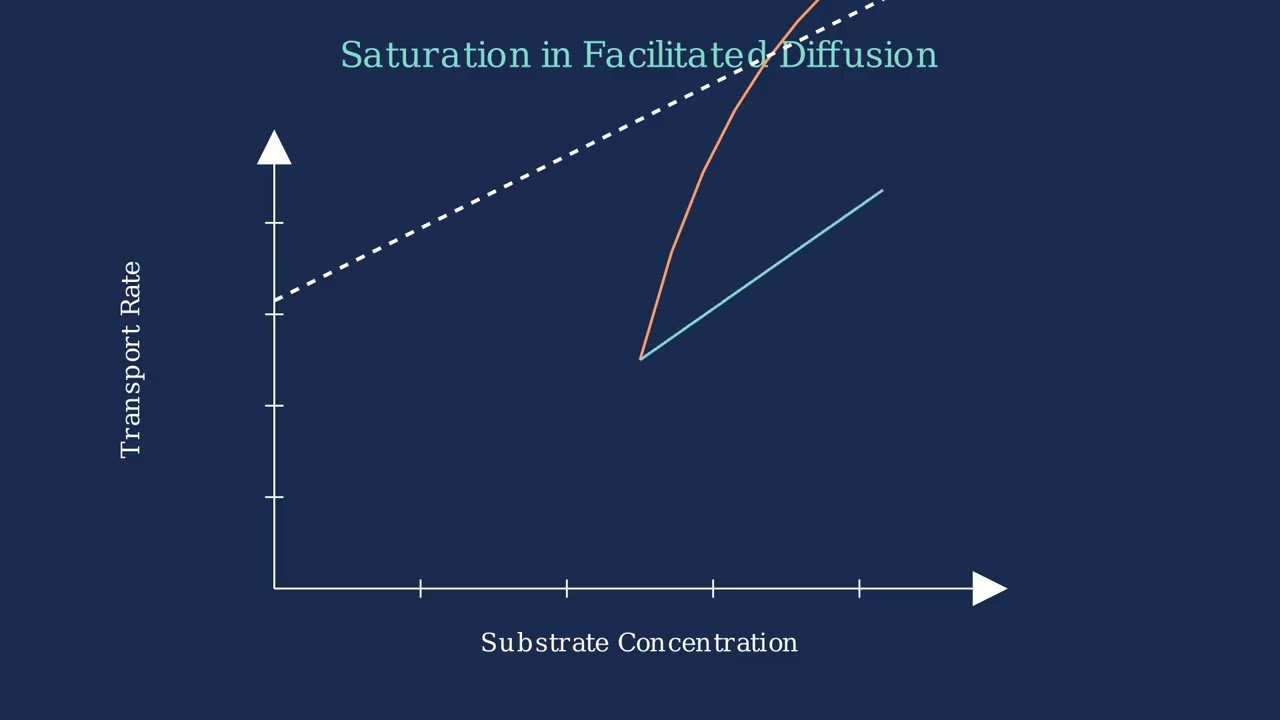

really helpful info, made the topic easy to get.